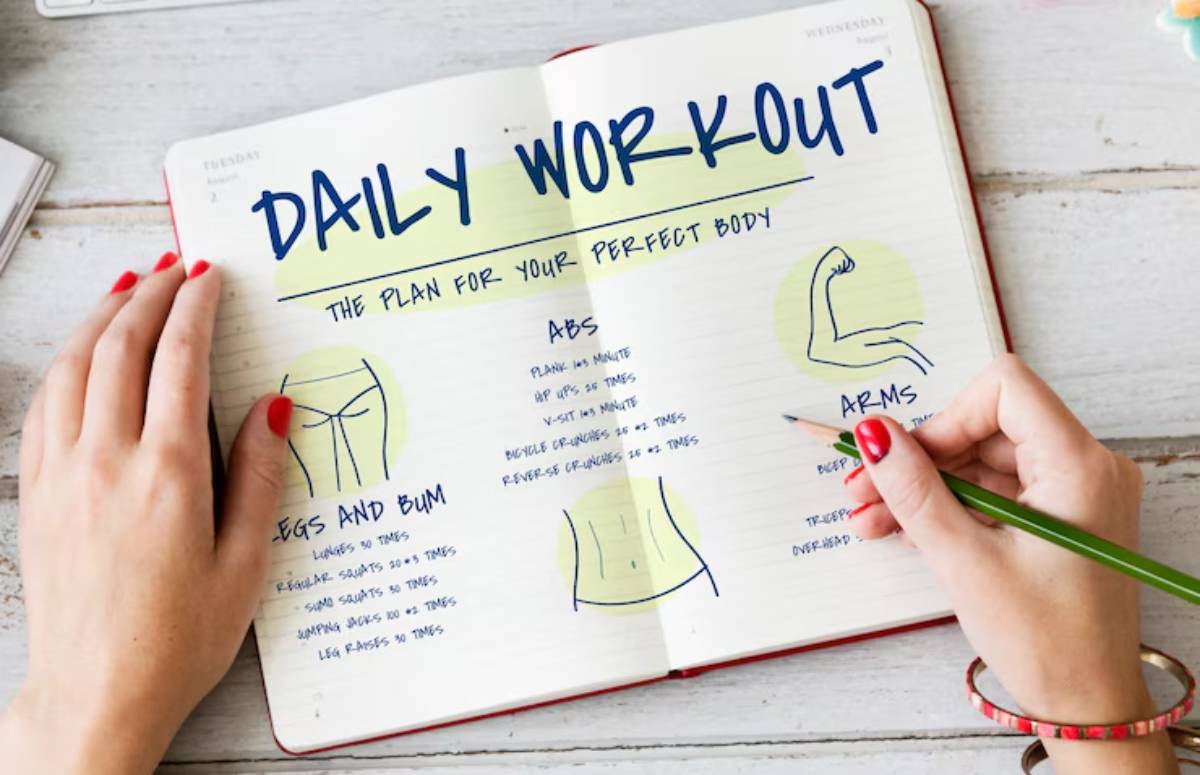
How to Integrate Recovery Into Your Weekly Routine
Let’s be honest—when it comes to fitness, most of us focus on the workouts: what to lift, how far to run, how fast to push. Recovery? That often gets sidelined. But if your goal is sustainable progress, not just short-term gains, weekly workout recovery deserves a front-row seat.
The truth is, your body doesn’t get stronger during training—it gets stronger after, when it’s recovering. That’s when muscles rebuild, energy stores replenish, and your nervous system resets. Skip recovery, and you risk fatigue, plateaus, or even injury.
This blog is here to help you integrate recovery planning into your regular training schedule. We’ll explore what recovery really means, how to tailor it to your lifestyle, and how to create a fitness recovery schedule that supports long-term results. Ready to train smarter, not just harder? Let’s dive in.
Why Recovery Deserves a Place in Your Fitness Plan
Training + Recovery = Progress
Think of recovery as the glue that holds your fitness together. No matter how well-designed your training programme is, without structured recovery, your body won’t adapt effectively.
What happens during recovery?
- Muscles repair microscopic tears caused by training
- Glycogen (energy) stores are replenished
- Hormones rebalance
- The central nervous system resets
- Inflammation reduces, and immunity strengthens
Skipping this phase can lead to:
- Chronic fatigue
- Persistent soreness
- Plateaued performance
- Mood swings and motivation dips
- Higher injury risk
Incorporating recovery into your weekly plan isn’t lazy—it’s strategic.
Types of Recovery and How They Fit into Your Week
Understanding the Toolbox
Recovery isn’t one-size-fits-all. It spans a spectrum from total rest to light movement, each with a role to play.
1. Passive Recovery
This is your classic rest, doing nothing physically demanding. It’s essential when you’re extremely sore, underslept, or feeling burnt out. Think of it as a full system shutdown and reboot.
Best time to use:
- After competition
- Following very intense training blocks
- When signs of overtraining appear
2. Active Recovery
Gentle movement to promote circulation without stress.
- Walking
- Swimming
- Mobility drills
- Low-intensity yoga
It keeps the body engaged, boosts recovery, and helps fight stiffness. You can learn more about effective low-impact workouts for active rest days to find the right approach.
Best time to use:
- The day after strength or HIIT sessions
- Mid-week to maintain mobility
- During deload weeks
3. Nutritional Recovery
What you eat post-training affects how quickly you bounce back. Protein, carbs, and hydration all play key roles.
Best time to use:
- Within 30–60 minutes post-workout
- Throughout the day to support muscle repair
4. Sleep-Centric Recovery
Sleep is when most of your muscle repair, hormonal balancing, and mental reset happen. It’s the recovery gold standard.
Best time to use:
- Every night (aim for 7–9 hours)
- Prioritise after high-volume training

Sample Weekly Fitness Recovery Schedule
Balance Is the Key
You don’t need to overhaul your whole routine—just weave recovery in consistently. Here’s an example of how a well-rounded week might look:
| Day | Activity |
| Monday | Strength Training (Upper Body) + Post-Workout Stretch |
| Tuesday | Light Mobility + Short Walk (Active Recovery) |
| Wednesday | Cardio Intervals + Hydration Focus |
| Thursday | Yoga or Low-Impact Flow (Active Recovery) |
| Friday | Strength Training (Lower Body) + Nutrient-Rich Meal |
| Saturday | Rest Day or Very Light Walk (Passive Recovery) |
| Sunday | Full-Body Mobility Routine + Early Bedtime |
This type of fitness recovery schedule builds in active rest, movement variability, and downtime without compromising intensity.
How to Listen to Your Body (and Why It Matters)
Recovery Isn’t Always Predictable
Recovery isn’t rigid—it’s responsive. Some weeks you’ll need more, others less. The key is learning to read your body’s cues:
Signs you may need more recovery:
- Lingering soreness 48+ hours post-workout
- Poor sleep quality
- Decreased performance or energy
- Mood dips or irritability
- Elevated resting heart rate
What to do when these appear?
- Swap a training day for active recovery
- Prioritise sleep and nutrition
- Scale back volume or intensity temporarily
Remember, adjusting your schedule isn’t a setback—it’s how progress is sustained.

Tools to Support Weekly Workout Recovery
Your Recovery Kit
You don’t need a sports science lab to optimise recovery.
A few simple tools and strategies can go a long way:
- Foam Roller or Massage Gun
- Great for releasing tight fascia and boosting circulation
- Epsom Salt Baths
- Help soothe muscles and promote relaxation
- Recovery Meals
- Focus on lean proteins, anti-inflammatory foods, and complex carbs
- Compression Gear or Elevation
- Aids circulation and lymphatic drainage
- Apps or Journals
- Track how you feel daily and adjust your routine accordingly
To compare recovery methods and gear, understanding the difference between options like foam rolling versus percussion massage can help you choose what works best for your needs.
How to Build Your Own Weekly Recovery Plan
Make It Personal
Use these questions as a starting point:
- How many days per week are you training?
- What’s the intensity and duration of each session?
- Are you sleeping well and eating consistently?
- Do you have existing injuries or mobility issues?
Tips for tailoring your plan:
- Alternate intense and light days
- Bookend hard sessions with recovery work
- Plan one full rest or low-effort day weekly
- Batch similar workouts together to reduce overlap
- Use Sundays or less busy days for longer recovery sessions (yoga, stretching, etc)
Recovery doesn’t need to be rigid. Build in flexibility so you can adapt to life, not just your programme.
The Mental Side of Recovery
Train Hard, Rest With Purpose
We often associate rest with laziness. But shifting your mindset to see recovery as part of the training process changes everything.
Here’s what recovery gives you mentally:
- Resilience: You come back sharper and more motivated
- Patience: You focus on long-term gains, not short-term ego lifts
- Clarity: Recovery time often brings perspective about what’s working—and what’s not
In high-stress weeks or mentally draining periods, lighter workouts or rest can feel like a reset button. Never underestimate the value of stepping back so you can step forward stronger.
Common Pitfalls to Avoid
Recovery Isn’t an Afterthought
Even experienced lifters and athletes fall into these traps:
- Skipping rest days entirely
- Leads to burnout and injury
- Treating active recovery like a workout
- Remember, it should feel light and easy, not like another session to crush
- Over-relying on supplements or gadgets
- Basics like sleep, hydration, and mobility are more powerful than the fanciest tools
- Not adapting based on biofeedback
- If your body’s telling you it needs rest, listen
Planning recovery is just as important as planning your workouts. In fact, it might be the missing link between effort and results.
Conclusion: Let Recovery Power Your Progress
Recovery is not a luxury—it’s a necessity. It’s where your gains are made, your muscles rebuild, and your energy stores refill. Skipping recovery is like trying to drive a car on an empty tank.
By building a weekly workout recovery plan into your routine, you’re not slowing down—you’re setting up for better long-term performance, fewer injuries, and a more enjoyable training journey.
So next time you’re mapping out your training week, don’t just pencil in your workouts—pencil in your recovery, too. Your body, brain, and future progress will thank you.
Ready to get started? Create your own recovery plan today—and commit to training smarter, not just harder.


